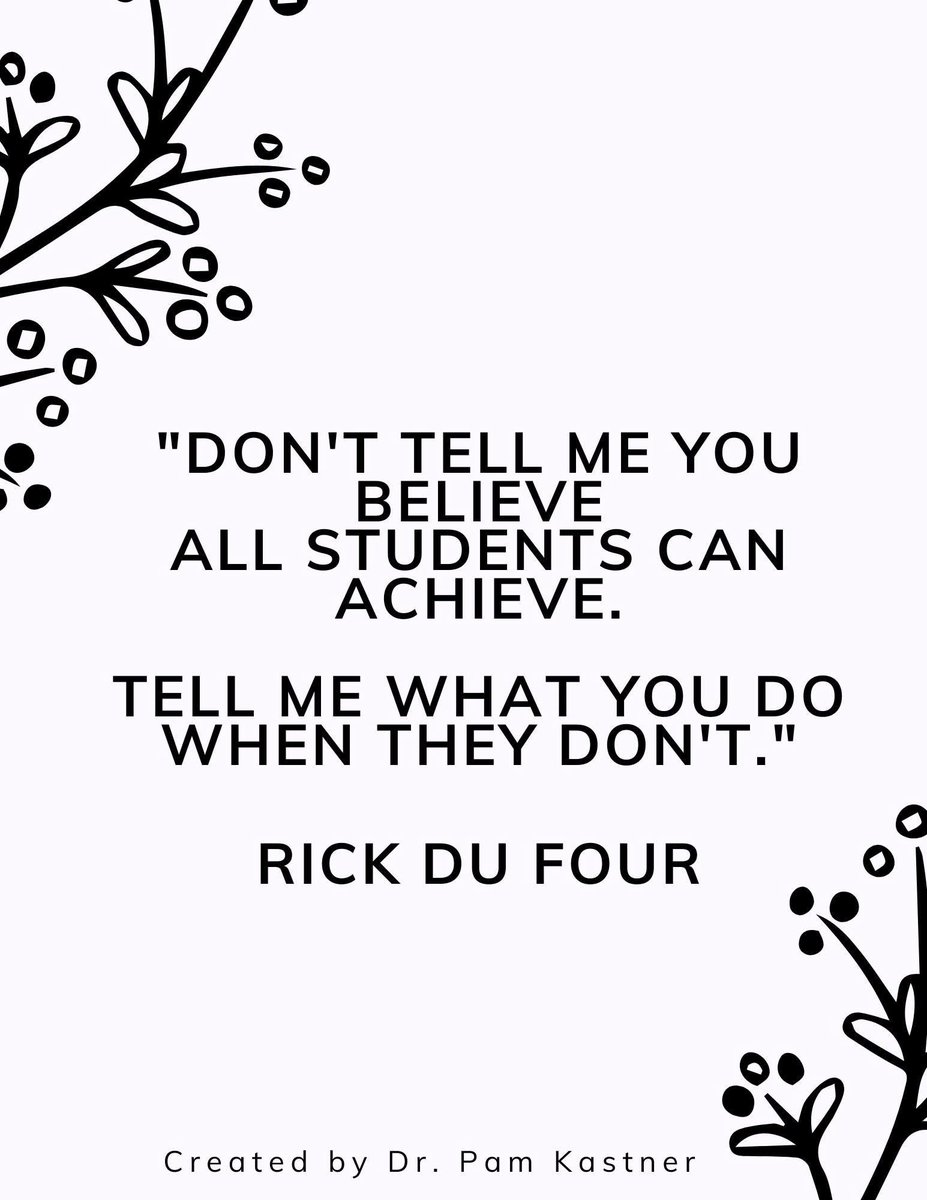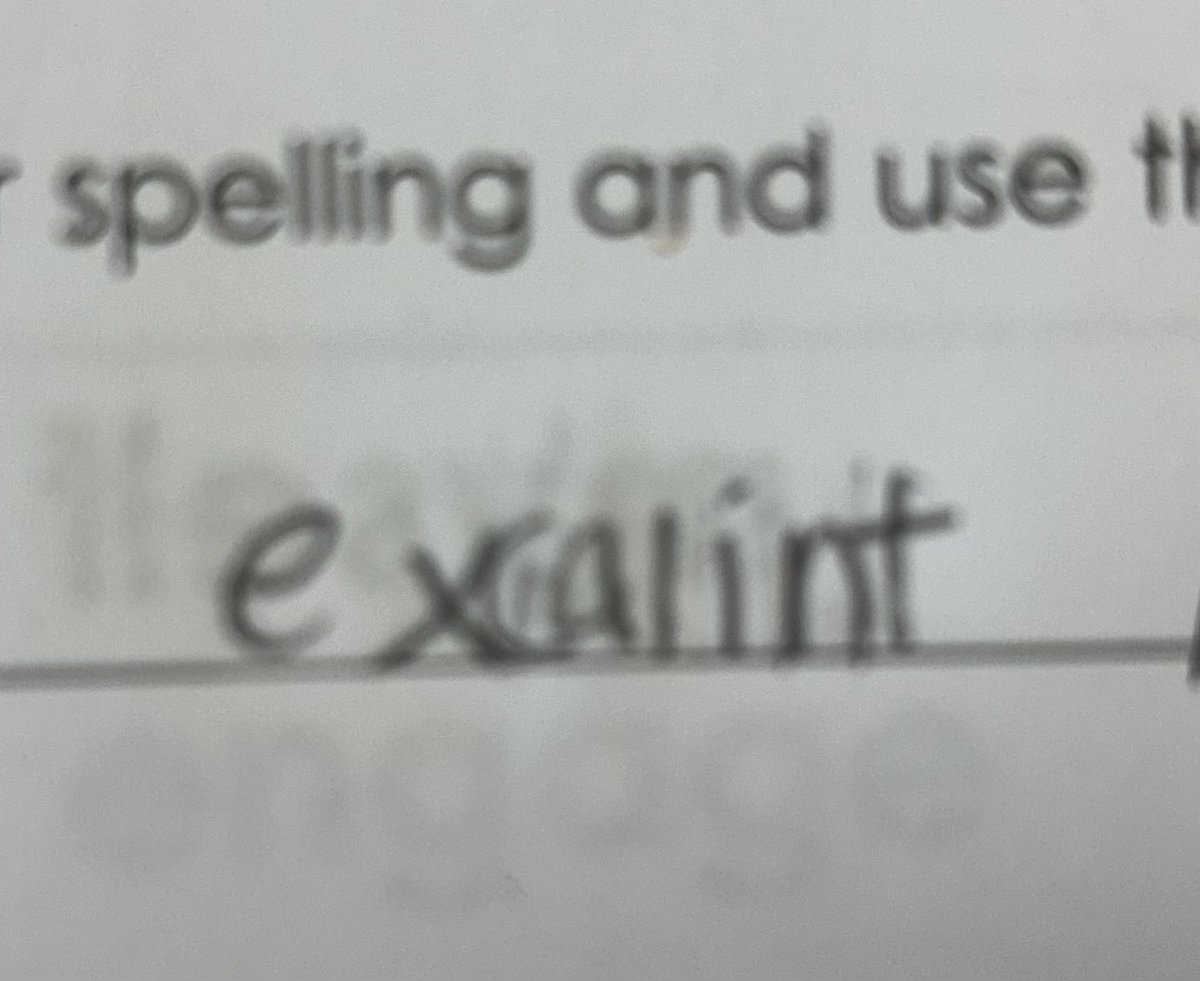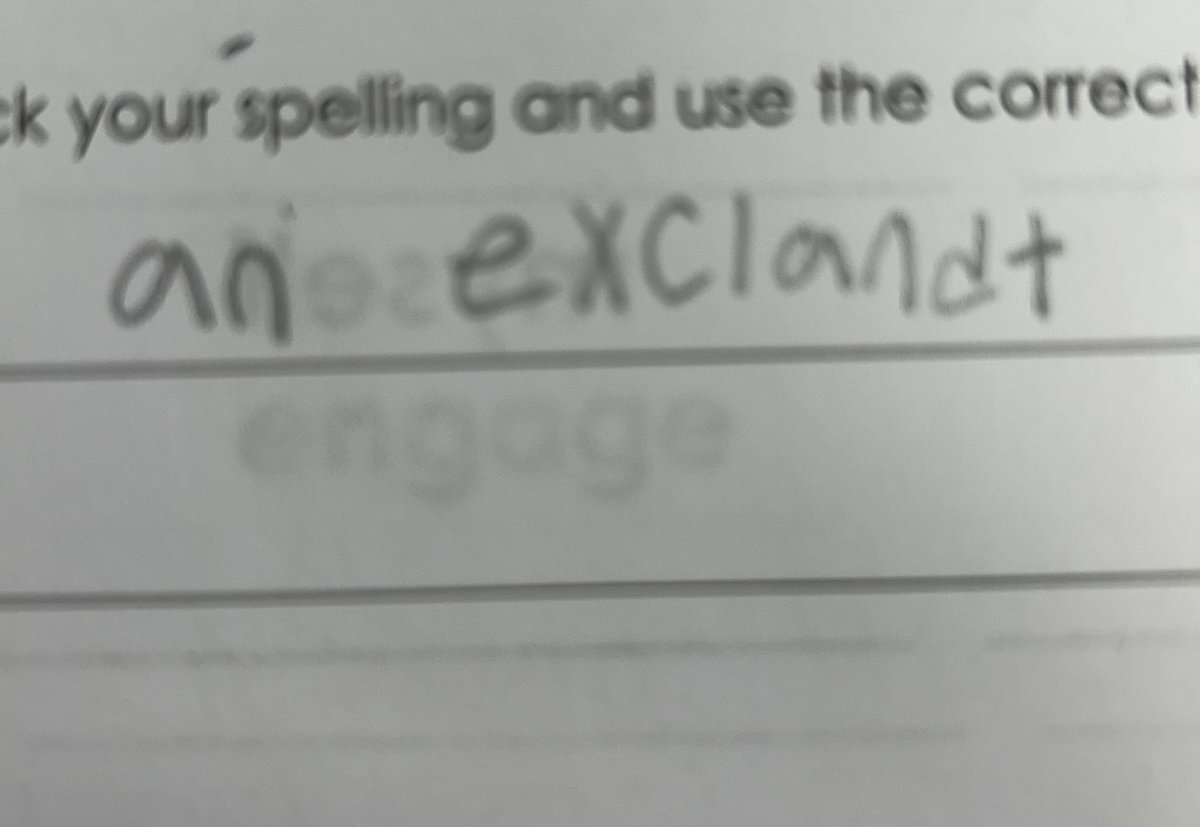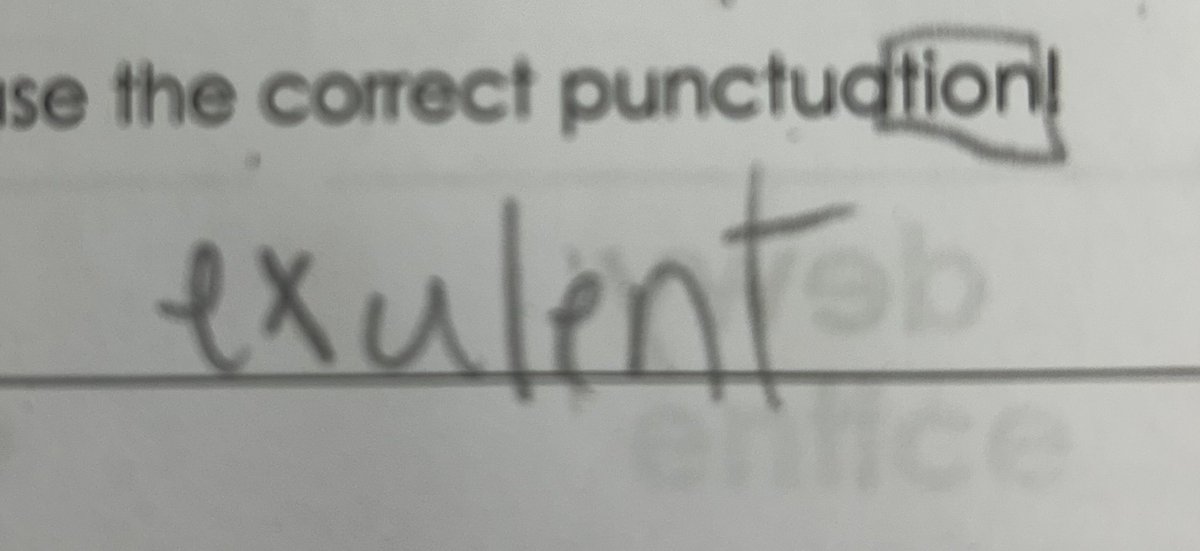
Pam Kastner
@liv2learn
Followers
16K
Following
13K
Statuses
7K
Contributing Faculty Member, Mount Saint Joseph University, Reading Science Doctoral Program. President, The Reading League PA. Passionate advocate for the SOR
Joined March 2009
RT @LindsayKemeny: Headed to Plain Talk in New Orleans next week? 🎉Come celebrate with me on Wednesday, Feb. 12th from 1-1:30 PM. We'll be…
0
3
0
Pennsylvania are you next? Our children have the right to be literate! @JasonOrtitay @GovernorShapiro
Louisiana brought the Mississippi approach to reading to their state and it resulted in the same success. Who is next?
1
2
26
RT @educationgadfly: A new book, "Developing Curriculum for Deep Thinking: The Knowledge Revival," makes a case for knowledge-rich curricul…
0
4
0
RT @SusanBneuman: Delighted that our latest article "Is narrative in print primary?" is just published in R & W; bottom line, promote infor…
0
11
0
RT @BenisonMrs: If you work 4 to 8 grade and are looking into incorporating Morphology and vocabulary into your ins…
0
86
0
For far too long, we have been looking for that one "magic bullet" that will ensure literacy for all kids. But there is no magic bullet. Learning to read requires integration of ALL of the language systems (phonology, orthography, semantics, syntax, morphology) taught directly and systematically, and aligned throughout the instructional sequence. Let's stop isolating our instruction and work together to INTEGRATE our instruction.
0
11
60
Thank you for the shout-out and kind words @MmeLockhartLDSB ! My mantra at EVERY professional learning I have been presenting- Don't Isolate- INTEGRATE!
“Our language is morphophonemic, and we spell by both meaning and sound, and so morphology is really critically important. Word study beyond basic phonics is really critical for both decoding and encoding spelling.” @liv2learn Knowing what I know about spelling, I was not surprised when my students, today, could READ the word “excellent” but then couldn’t spell it. However, once I changed my intervention to focus on SPELLING, using rules of morphology and etymology, students could then both spell AND read the word! Thank you Dr Kastner for the great info you shared on last week’s @literacypodcast podcast!💙💙💙
0
3
7
What an incredible resource for teaching morphology, chock-full of additional links to deepen knowledge and practice! Thank you for posting @MmeLockhartLDSB and @BenisonMrs
1
0
22
RT @C_Hendrick: The sameness principle. To emphasize sameness, examples should be highly different yet share the same label. Here, various…
0
3
0
RT @C_Hendrick: 3. The Difference Principle. Positive and negative examples are most effective when they differ only slightly, but for thi…
0
6
0
RT @C_Hendrick: 2. The setup principle: When introducing a new concept, examples and non-examples should be as similar as possible, differi…
0
4
0
RT @C_Hendrick: A key idea is that students need to see only relevant contrasts not arbitrary differences. In other words, when teaching a…
0
8
0
RT @C_Hendrick: One of the mad things about this aspect of DI is that it's almost a unified theory of learning in the sense that so many th…
0
6
0
RT @C_Hendrick: 🚨 What is Teacher Expertise? 🚨 We easily recognise expertise in fields like sports or medicine, where success is often me…
0
66
0
RT @paliteracy: During the panel discussion, issues arose where opinions differed, but one essential fact united us all: #LiteracyMatters a…
0
3
0
RT @JasonOrtitay: The graph suggests that while increased funding is important, it must be accompanied by strategic planning, targeted inte…
0
2
0








